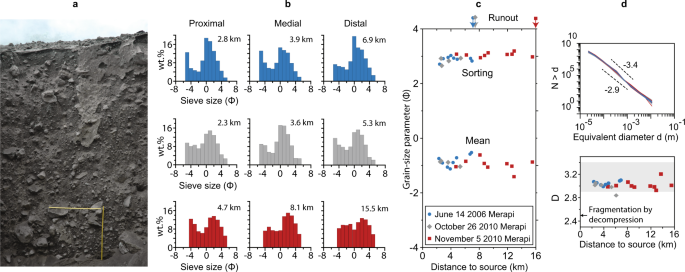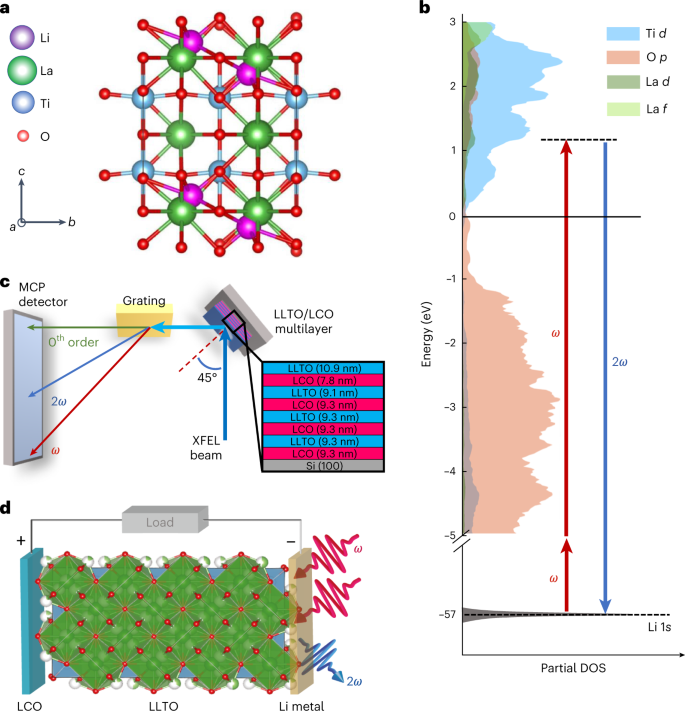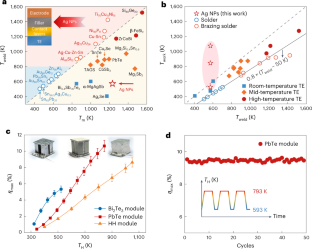2023-05-01 エディンバラ大学
この研究によって、砕石、灰、気体の混合物が噴火時に噴出される密度の高い火山流(火砕流)が、時速100マイルまで移動するメカニズムが明らかになりました。
研究チームは、この現象の原因が、火山混合物の摩擦を大幅に減少させる「破砕誘起流動化」というプロセスであることを特定した。この効果は、混合物の基礎層が流体のような振る舞いをすることを引き起こす。研究チームは、これが、火砕流が高速で遠くまで移動する理由であり、密度が高い雪崩として道路上のすべてを破壊するためであると述べている。
火砕流のパスをより正確に予測することは、600℃に達する火砕流の怪我や死亡を予防するのに役立つと研究者たちは言います。
<関連情報>
- https://www.ed.ac.uk/news/2023/deadly-volcanic-flow-insights-aid-forecasting
- https://www.nature.com/articles/s41467-023-37867-1
火砕流密度流の破砕誘起流動化について The fragmentation-induced fluidisation of pyroclastic density currents
Eric C. P. Breard,Josef Dufek,Sylvain Charbonnier,Valentin Gueugneau,Thomas Giachetti & Braden Walsh
Nature Communications Published:12 April 2023
DOI:https://doi.org/10.1038/s41467-023-37867-1

Abstract
Pyroclastic density currents (PDCs) are the most lethal volcanic process on Earth. Forecasting their inundation area is essential to mitigate their risk, but existing models are limited by our poor understanding of their dynamics. Here, we explore the role of evolving grain-size distribution in controlling the runout of the most common PDCs, known as block-and-ash flows (BAFs). Through a combination of theory, analysis of deposits and experiments of natural mixtures, we show that rapid changes of the grain-size distribution transported in BAFs result in the reduction of pore volume (compaction) within the first kilometres of their runout. We then use a multiphase flow model to show how the compressibility of granular mixtures leads to fragmentation-induced fluidisation (FIF) and excess pore-fluid pressure in BAFs. This process dominates the first ~2 km of their runout, where the effective friction coefficient is progressively reduced. Beyond that distance, transport is modulated by diffusion of the excess pore pressure. Fragmentation-induced fluidisation provides a physical basis to explain the decades-long use of low effective friction coefficients used in depth-averaged simulations required to match observed flow inundation.



